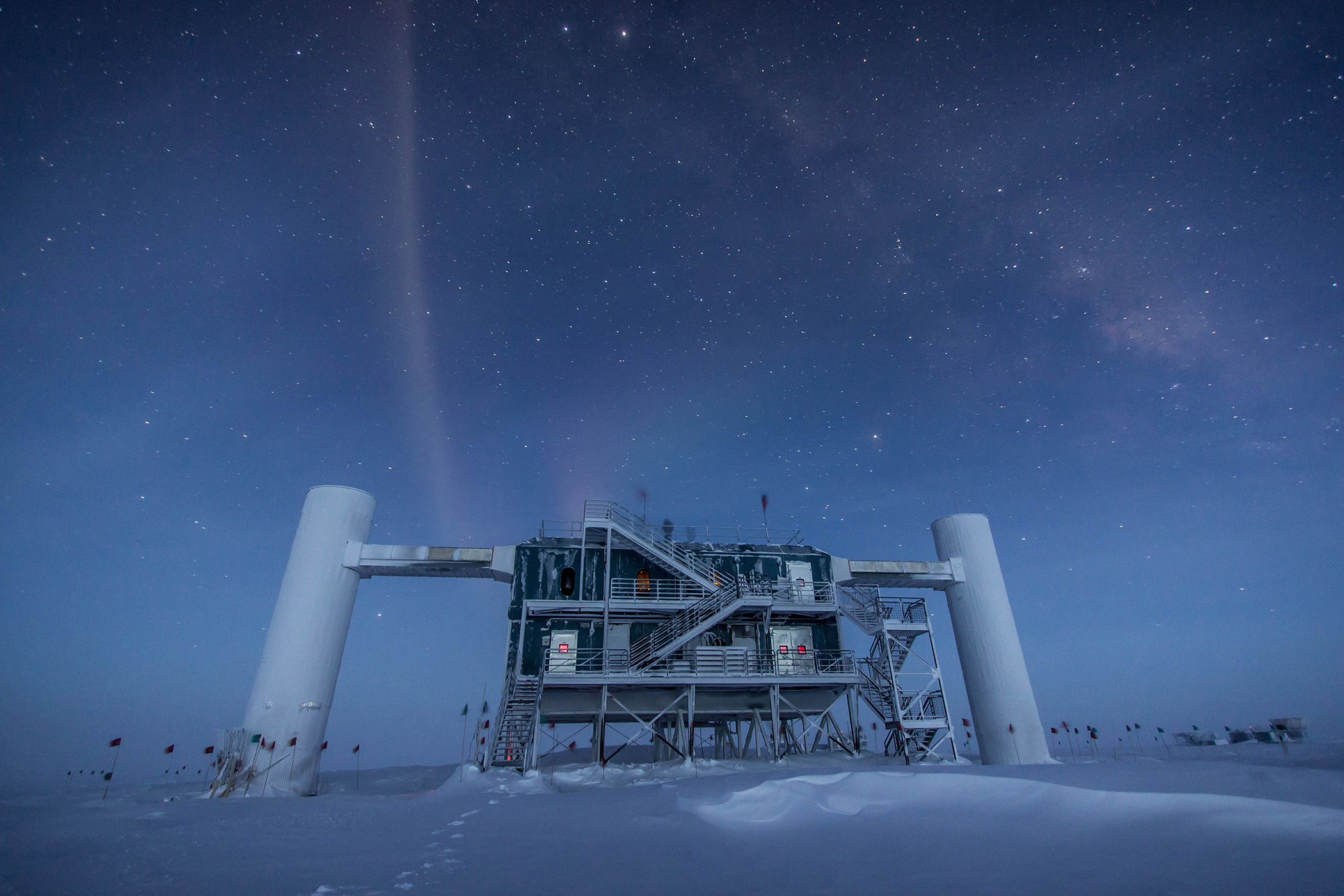When you purchase through links on our website , we may bring in an affiliate commission . Here ’s how it crop .
The invisible force that pulls in the Millennium Falcon spacecraft to the Death Star in " Star Wars " movies is still far from becoming a reality , but physicist have developed a miniature version of variety : a tractor radio beam that can reel in bantam particles .
The laser - establish retractor beam pull the particles a distance of about 8 inch ( 20 centimeter ) , which is 100 time farther than anyprevious experiment with tractor ray .

The Millennium Falcon in “Star Wars Episode IV: A New Hope."
" Because lasers keep on their irradiation lineament for such long distances , this could work over meter , " field of study researcher Vladlen Shvedov , research fellow at the Australian National University , say in a command . " Our lab just was not big enough to show it . " [ Science Fact or Fiction ? The Plausibility of 10 Sci - Fi Concepts ]
During the experimentation , the investigator used a laser that projected a doughnut - determine beam of illumination with a hot outer ring and cool centre . They used the light beam to suck in tiny glass sphere , each of which value about 0.2 millimeters ( 0.008 column inch ) wide .
Not only did the researchers move the glass spheres farther than had been demonstrated in previous experiments , but they used a different technique altogether . Other retractor beams rely on the momentum of light particles in the laser beam to reel in hoi polloi . In those experiments , the impulse from thelight particlesshooting out of the laser is remove to the target that the optical maser is hauling in . However , that technique works well only in a vacuum that is shielded from other free - floating particles that can interpose with the momentum transferral .

Vladlen Shvedov (L) and Cyril Hnatovsky adjust the hollow laser beam for their tractor beam experiment at the Australian National University.
The unexampled technique takes advantage of heat energy . During the experiment , warmth from the laserwarmed up the air travel around the tiny spheres . The spheres absorbed some of the passion until their surfaces were sprinkled with hotspots . Air particles that run into the hot spot ricochet off and cause the spheres to repulse in the opposite direction . The fast one is to make the back of the sphere hotter than the front of the sphere , said study researcher Cyril Hnatovsky , a research lad at the Australian National University .
" The gas corpuscle interacting with the hot spot on the back surface will labour the sphere against the calorie-free flow , " Hnatovsky told Live Science .
The physicists can manipulate the particles by controlling where the hotspots organise . That means the beam not only pull in particles , but it can also push them or make an even distribution of hotspots and hold the spheres suspended in place .

Thetechnique could be applied to control things likeair pollutionby pulling out toxic particles , Hnatovsky and his colleagues said . But adjust the proficiency to recollective distances will be tricky , he added .
" I see no departure between 0.5 or 1 or 2 meters [ 1.6 or 3.3 or 6.6 feet ] , " Hnatovsky order . " Ten to 20 metre [ 33 to 66 foot ] is a real challenge . "
The new study was publish Oct. 19 in the journal Nature Photonics .

















